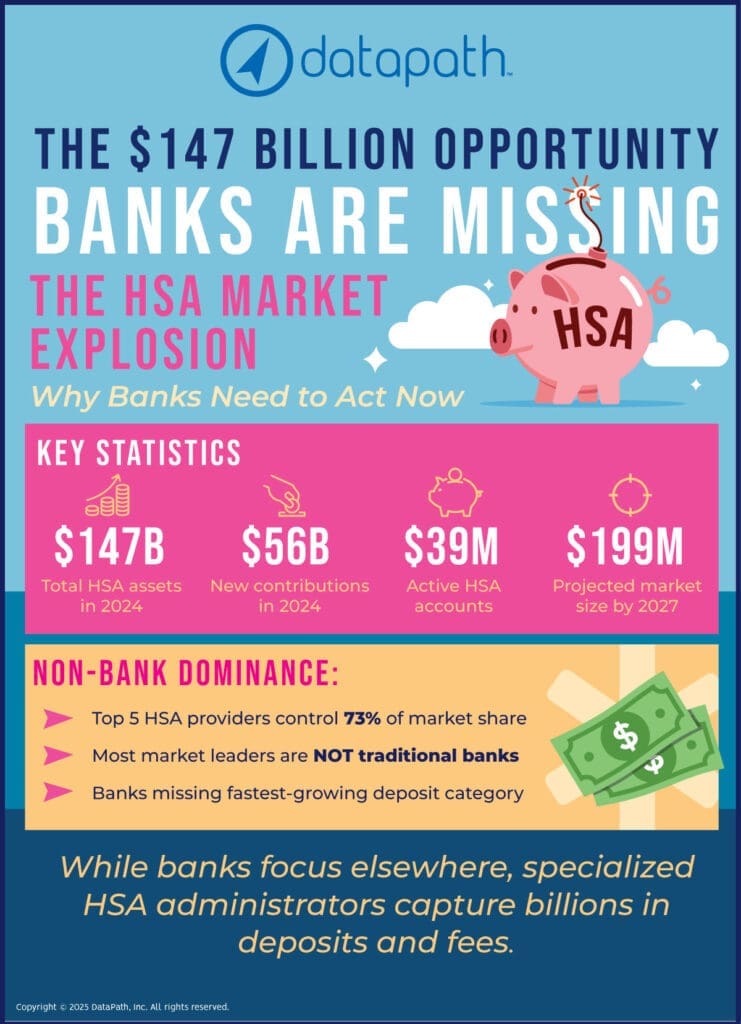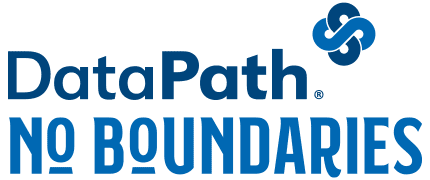The Health Savings Account (HSA) market has quickly emerged as one of the most lucrative and rapidly expanding segments in financial services, yet traditional banks have largely remained on the sidelines.
With HSA assets projected to reach nearly $147 billion across over 39 million accounts by the end of 2024, marking a 19% year-over-year growth, the pressing question is not whether banks should enter this market, but how swiftly they can act to seize their share of this remarkable growth.
Content Guide
The Numbers Tell a Compelling Story
The HSA landscape showcases an impressive growth trajectory that few other deposit categories can match.
According to the 2024 Year-End Devenir HSA Research Report, total HSA assets have surged to nearly $147 billion, fueled by $56 billion in new contributions in 2024. Notably, Devenir projects that the HSA market will exceed 45 million accounts by the end of 2027, holding $199 billion in assets.
This growth is not merely about volume; it’s about velocity. HSA investment assets increased by 38%, reaching $64 billion by the end of 2024, indicating that consumers are increasingly viewing HSAs as long-term investment vehicles rather than just spending accounts. For banks aiming to grow both deposits and fee income, this dual-purpose nature of HSAs presents an extraordinary opportunity.
Non-Traditional Bank Dominance Paradox
A concerning trend for traditional banking executives is the dominance of non-traditional players in this sector. The four largest HSA providers – Fidelity, Optum, HealthEquity, and HSA Bank – accounted for over half of all industry assets by mid-2020, and this concentration has intensified. Together with other specialized providers, these players now control over 73% of the market share.
While banks have concentrated on traditional deposit products and lending, specialized HSA administrators have systematically captured what may be the fastest-growing deposit category available.
Why Banks Are Missing the Mark
Unlike conventional deposit products, to offer a competitive HSA product requires a different “core” technology that can associate commercial clients to individual HSA accounts. According to Devenir, 89% of HSA contributions come through employer payroll.
This requirement is one obstacle keeping most traditional banks from participating in this growing opportunity.
However, this obstacle results in significant costs. HSAs offer several advantages that align seamlessly with banks’ strategic objectives:
- Deposit Acquisition and Stickiness: HSA account holders maintain higher balances and lower attrition rates compared to traditional checking or savings accounts. The tax-advantaged nature of these accounts fosters customer retention and account growth.
- Fee Income Potential: Beyond traditional banking fees, HSAs generate non-NII revenue through investment management, interchange, and administrative services.
- Cross-Selling Opportunities: HSA relationships often involve individuals who are prime candidates for mortgage, investment, and premium banking services.
- Growth Opportunity with Younger Generations: Employment demographics are rapidly changing as Gen Z (aka Zoomers) continues to mature and enter the workplace. This younger generation, who is health-focused and investment-savvy, could amass more than $700,000 by age 65 (assuming $3,000/yr with 7% returns over a 40-year period).
The Investment Component Changes Everything
One of the most significant trends reshaping the HSA landscape is the explosive growth in investment assets, driven by positive market returns and an increasing recognition of HSAs’ long-term benefits. This shift from spending accounts to investment vehicles fundamentally alters the value proposition for financial institutions.
Banks with established investment and wealth management capabilities are particularly well-positioned to leverage this trend. Offering integrated banking, investment, and benefits administration services could provide a significant competitive edge over single-focus HSA administrators.

Strategic Imperatives for Banking Leaders
The data indicate that banks have a limited window of opportunity to establish a meaningful market presence before further industry consolidation occurs. Several strategic actions warrant immediate attention – all of which can be directly addressed through DataPath’s custom-developed, comprehensive program for financial institutions:
Partnership Strategy
To overcome “core” technology challenges, banks should consider partnerships with existing HSA technology providers.
DataPath provides banks with a turnkey HSA solution that includes established technology infrastructure, regulatory compliance frameworks, and operational expertise. Banks can launch competitive HSA offerings within months, leveraging DataPath’s proven platform to accelerate market entry.
Employer Benefits Focus
The most successful HSA providers have cultivated robust relationships with employers and benefits consultants. Banks should leverage their existing commercial relationships to enter this market through employer-sponsored programs.
DataPath’s program is specifically designed to strengthen banks’ employer relationships by providing comprehensive account management tools, seamless integration with existing payroll systems, and dedicated support for benefits consultants. This positions banks as full-service benefits partners rather than simple account providers.
Technology
The HSA market necessitates sophisticated technology platforms that work with employer benefits systems, payroll providers, and investment platforms. Success and speed-to-market is dependent on having proven turnkey platforms with comprehensive back-end support systems and built-in integration functionality that enables banks to offer HSAs and other accounts.
DataPath’s enterprise-grade technology platform handles all requirements, from employer benefits systems to payroll processing and investment capabilities. Banks gain access to a fully-developed, scalable infrastructure without the substantial capital investment and development risks associated with managing multiple vendors or building these capabilities in-house.
With DataPath’s comprehensive solution, banks can immediately address these strategic imperatives while minimizing implementation risk and accelerating time-to-market. The program transforms these strategic challenges into competitive advantages through proven technology, established processes, and ongoing support.
The Time for Action Is Now
The HSA market is a strategic necessity for banks aiming to remain relevant in the evolving financial services landscape. With HSA account growth projected at 6% and the market expected to reach $199 billion by 2027, institutions that establish strong positions now will reap the benefits of sustained growth.
The current market structure, dominated by non-bank specialists, creates both urgency and opportunity. While catching up to market leaders will require significant investment and strategic focus, the growth trajectory suggests ample room for well-positioned banks to capture meaningful market share.
For banking executives, the message is clear: the HSA opportunity is substantial, real, and time-sensitive. The question is not whether HSAs will continue their rapid growth, but whether traditional banks will engage in that growth or allow this lucrative market to slip further into the hands of non-bank competitors.

Sherry Lawton is the Chief Growth Officer at DataPath, Inc. and has two decades of expertise in HSA banking and consumer-directed healthcare. Sherry drives strategic growth initiatives, builds client and consumer growth strategies, and collaborates with financial institutions to expand HSA business.


